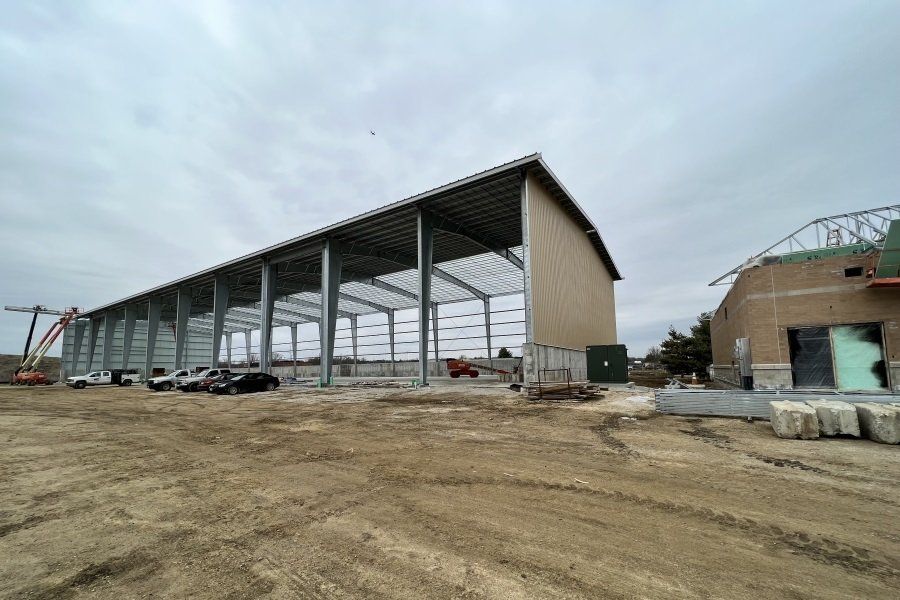Corporate Office
40W201 Wasco Road, Suite D
St. Charles, IL 60175
Phone: 630.587.0470
Fax: 630.587.0475
West Side Water Reclamation Facility - 2020 Phase III Expansion
The 2015 Facility Plan developed a project scope for the Phase III expansion. At that time, the project included the addition of one raw sewage pump, upgrade of the biological process for expansion and removal of TN and TP, construction of an additional tertiary clarifier or construction of tertiary filters, upgrade of the aerobic digestion process, the addition of onsite sludge dewatering, and 150 days ultimate sludge storage capacity. Since 2015, the scope evolved due to the age of the equipment (originally installed in 2000) and changes in operational theory and preferences.
The facility is currently permitted for a Design Average Flow of 0.7 MGD. The project will expand the DAF capacity to 1.05 MGD. With this expansion, new effluent requirements come into play due to anti-degradation requirements. The new facility will have the ability to biological remove total phosphorus, and total nitrogen, as well as improve the total solids removal. The project includes increasing the capacity of the raw sewage and RAS/WAS pump stations. The preliminary treatment screening structure was originally designed to handle 6 MGD through one channel with a bypass channel for future equipment. The existing screen will be replaced in-kind, and a 6 MGD perforated plate drum screen will be installed in the second channel for screening RAS and influent flows exceeding 5.23 MGD. The two existing aeration basins will be modified to include a 5-Stage biological nutrient removal (BNR) process. A third basin will be constructed to increase the WRF treatment capacity to 1.05 MGD. All basins will be fitted with baffle walls for zone separation, internal recycle pumps for denitrification, mixers for maintaining solids in suspension, and new fine-bubble diffusers for the aerobic and anoxic/swing zones. The existing centrifugal blowers will be replaced with positive displacement rotary lobe blowers, which will be controlled by Dissolved Oxygen (D.O) probes located in the aeration zone that will increase/decrease the blower speed to maintain the desired D.O.
The existing tertiary clarifiers (600 GPM/SF surface overflow rate) which were constructed in Phase II will be downgraded to secondary clarifiers (1000 GPM/SF) in the Phase III project. The clarifiers will be rehabilitated with new drives, bearings, gear reducers, wear items, and control panels. To maintain tertiary treatment, a new Tertiary Building will be constructed and contain new disc filters, UV disinfection, a non-potable water booster system, and a backup chemical phosphorus removal system (alum) for the new BNR process. The proposed layout of this building is designed to allow the tertiary treatment capacity to double when flows to the Facility increase.
The aerobic digestion facility will be upgraded as well, with a rehabilitated gravity thickener mechanism, new air header, and sludge piping modifications. The digestion complex will overflow to a digested sludge storage tank at the new Sludge Handling Building. In addition to the storage tank, this structure will contain a recycle pump station to convey wastewater/supernatant/pressate to the head of the Facility, sludge pumping, polymer feed systems, a protected water system, a belt filter press, and a belt sludge conveyor. The proposed layout of this building is also designed to allow the sludge handling capacity to double when loading to the Facility increases. The belt conveyor will carry dewatered sludge from the Sludge Handling Building out to the new Sludge Storage Building, a 34,000 SF concrete slab covered by a 3-sided pre-engineered metal building. This structure will provide the City with a year of storage for their biosolids from both the West Side WRF and the Main WWTF (9 MGD) located on the other side of town. A Vactor Receiving Station will also be constructed onsite, similar in design to the Sludge Storage Building.
The project also includes water main extension, SCADA upgrades, removal of the existing drying beds and dewatered sludge storage area, drain tile realignment, and mass grading to facilitate overland flow and protect wetlands onsite and adjacent to the project. This project is funded through a low interest loan through the IEPA. Construction began in May of 2021.
CORPORATE OFFICE
© Trotter & Associates, Inc.
CORPORATE OFFICE
© Trotter & Associates, Inc.

